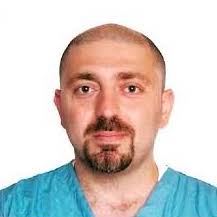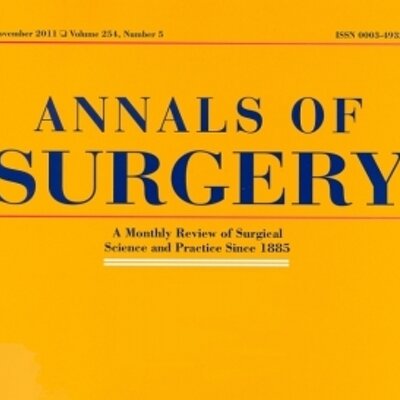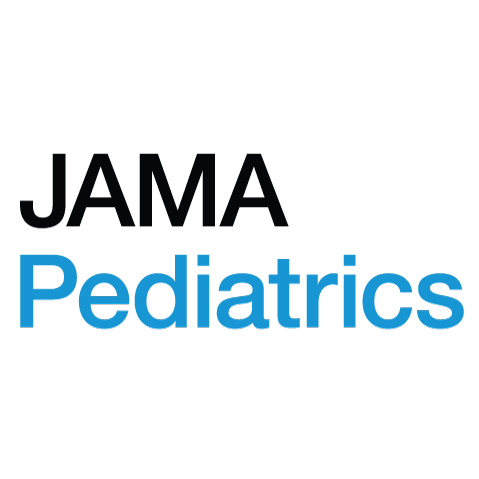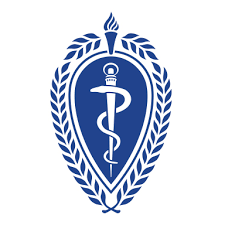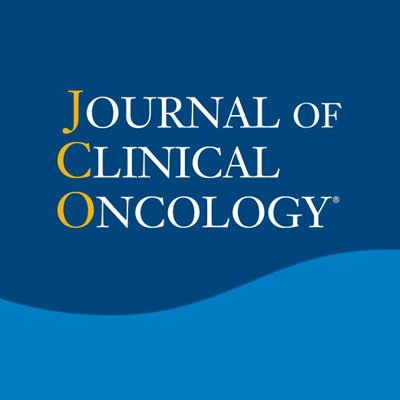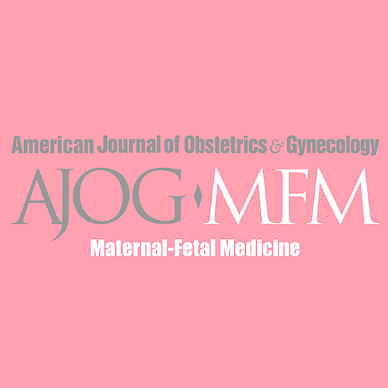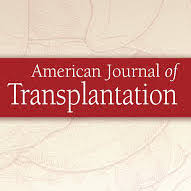The Alexandria Health Library
Breathing Life Into Machine Learning-Based Clinical Decision Support Tools
Contact: jordan_levine@alexandria.health
Portfolio of Clinical Decision Support Tools
Surgery
POTTER - Emergency
Virtual Grand Rounds / Calculator / Tree
POTTER can equip surgeons with highly accurate risk estimates that will allow them to counsel emergency surgery patients and families before surgery. This estimate is aggregated from high fidelity national data, analyzed using advanced Artificial Intelligence methodologies and thus adapted to the risk factors of the specific patient.
POTTER - Elective
Virtual Grand Rounds / Calculator / Tree
POTTER Elective is a highly-accurate and user-friendly risk calculator for patients undergoing elective general, cardiac, vascular, or thoracic surgery. The calculator was developed by combining data from a well-validated, national, surgical database with Artificial Intelligence (AI) methods that can capture the nonlinear interactions between the various risk factors for postoperative mortality and several complications. It can therefore prove useful as an evidence-based, adaptive and user-friendly tool for bedside preoperative counseling before these four types of surgery.
Cardiac Surgery Mortality
Virtual Grand Rounds / Calculator / Tree
Equip surgeons with highly accurate risk estimates that will allow them to counsel cardiac surgery patients and family before surgery.
Pediatrics
Closed Head Injury
Virtual Grand Rounds / Calculator / Tree
Problem Statement
When children suffer traumatic injury to the head, both clinician and parents have an inclination to test for clinically important traumatic brain injury (ciTBI). A provider has the option to recommend:
- A computed tomography (CT) scan, which exposes the patient to ionizing radiation and is costly, or
- Recommend observation, which carries the risk of not treating an emergency issue
The current Pediatric Emergency Care Applied Research Network (PECARN) rules use simple and easy to memorize rules to assess the likelihood of ciTBI.
Thus, the problem statement is to improve the Pediatric Emergency Care Applied Research Network (PECARN) rules’ predictive accuracy to identify children at very low, intermediate, and high risk of clinically important traumatic brain injury (ciTBI).
Patients without substantially-altered mental status, e.g., with Glasgow Coma Scale (GCS) scores of 14 or 15, rarely suffer from clinically important traumatic brain injury (TBI) or have evidence of intracranial injury with CT imaging. Avoiding needless CTs in such patients is highly desirable.
Constraints
PECARN has developed and validated rules for identifying children with head trauma but without substantially-altered mental status that are at low risk of clinically important TBI and should not receive head CT. The PECARN rules are widely used and have been independently validated multiple times.
- Given the challenging trade-off between immediate testing and waiting, our solution must be as interpretable and familiar to clinicians as PECARN and be more accurate.
- The solution must be as readily available as the current easy to memorize and apply PECARN rules and be able to not only be interpreted by clinicians, but also the parents of the children.
PredictVUR
Virtual Grand Rounds / Calculator / Tree
Problem Statement
When a urinary tract infection is presented in a pediatric patient, pediatricians and urologists will seek to identify if the patient is at risk of follow-up urinary tract infection and/or vesicoureteral reflux (VUR), a condition in which urine flows retrograde from the bladder into the ureters/kidneys. If the patient is at risk of VUR, the clinician will order an invasive diagnostic test called a voiding cystourethrography (VCUG). The objective is to quantify the risk of VUR
Constraints
Once a urinary tract infection is identified, there is bias between medical specialties in diagnostic method. Whereas pediatricians tend to favor observation, urologists tend to favor performing a voiding cystourethrography (VCUG). In addition to this, while the data used to support this clinical decision support tool is from two well-known urology studies (the randomized intervention for children with vesicoureteral reflux [RIVUR] and careful urinary tract infection evaluation [CUTIE]), there will be situations in which these two evidence based medicine trials are not 100% applicable and a given pediatrician / urologist provider team will have to engage their intuition. Thus, not only must this clinical decision support tool be highly accurate, it must expose the logic of the methodology in order to facilitate a dialogue between a pediatrician and a urologist and help them work through their natural, medical field-specific respective biases.
PVLSE
Virtual Grand Rounds / Calculator / Tree
PVLSE (Pediatric Vascular LOS and Mortality Estimator) is an intuitive, accurate and interpretable risk calculator aimed at empowering clinicians for better decision-making. The tool leverages state-of-the-art AI and clinicians’ domain knowledge to predict the risk of mortality for pediatric patients affected by cardiovascular disease. In addition, it estimates the number of days that patients surviving surgery will spend in hospital. The tool has been built and trained using over 230k patients records including biographical, diagnoses and procedures information.
Oncology
OncoMortality
Virtual Grand Rounds / Calculator / Tree
Problem Statement
As treatment options evolve, an oncologist’s decision logic is becoming increasingly complex (e.g. how can a provider keep up with the numerous novel therapies introduced every year?). And, reliance on intuition-based assessment of treatment risk and overall mortality will become less useful (i.e. an oncologist relying on the same set of therapies for every patient irrespective of their individual risk factors is not good enough). ONCOMORTALITY provides a prediction tool to identify patients with high mortality risk to guide the decisions on whether to:
- Maintain or modify treatment
- Optimize for quality of life
Constraints
Treatment planning in cancer is highly emotional, sensitive, and personal. Thus, it is critical for oncologists to fully understand the logic of the clinical decision support tool and trust the cohort assignment.
Pancreatic Duct Adenocarcinoma (PDAC) Mortality Risk Calculator
Virtual Grand Rounds / Calculator / Tree
This artificial intelligence-based prognostic model uses data from 6 academic centers from the United States, Europe and Japan to predict 1-year and 3-year risk of death following resection of pancreatic ductal adenocarcinoma. To maintain comparability with the current gold standard for prognostication, the American Joint Committee on Cancer (AJCC) tumor/node/metastasis (TNM) staging system, only tumor size and nodal status (represented by lymph node ratio) were used to develop the model. The present work marks the first successful use of artificial intelligence to modify an AJCC classification system in any malignancy and can be used to improve prognostication following curative-intent resection for pancreatic cancer.
Chronic Disease
N-SRS - Stroke Risk Calculator
Virtual Grand Rounds / Calculator / Tree
Problem Statement
Predict likelihood of stroke within the next ten years that recognizes non-linear interactions of risk factors in order to support medication recommendations
Constraints
This tool ultimately is used to influence patient behavior over the long-term. Accuracy is critical. Also, important is that the tool support a doctor to conduct patient counselling. Thus, the doctor must be able to guide the patient to understand what factors are driving risk, and of those factors which are controllable by either medication intervention or lifestyle changes and which are genetic. Thus, the doctor must be positioned to describe the set of risk factors that led the patient to the current likelihood prediction, or the predictor risks having limited ability to influence behavior.
Endorsement

Journal article under review in Circulation
Personalized Diabetes Manager
Virtual Grand Rounds / Calculator / Tree
Personalized Diabetes Manager is a collection of decision support tools that assist the management of type 2 diabetes. The tool prompts a medical provider to enter patient medical information and then provides 1) the predicted Hemoglobin A1c (HbA1c) level and 2) the recommended pharmacological therapies best for this patient.
Obstetrics
Second Stage Predictor
Virtual Grand Rounds / Calculator / Tree
Problem Statement
On the labor and delivery floor, a provider team can either continue expectant management or make an intervention. Guidelines are ambiguous and there is risk with either option. Given a patient in second stage, provide morbidity likelihood for expectant management and morbidity likelihood for an intervention for both mother and child.
Constraints
In the majority of situations, the patient will need to give consent. Thus, any clinical decision support tool must be understandable to a patient undergoing trial of labor.
Others
OPOM - Liver Transplantation
Virtual Grand Rounds / Calculator / Tree
Problem Statement
The successful clinical application of liver transplantation has generated a discrepancy between supply and demand, thereby generating a persistent insufficient organ supply that results in thousands of candidate deaths every year while candidates await liver transplantation.
Given the scarcity of this resource, the Model for End-Stage Liver Disease (MELD) accurately prioritizes a waitlisted candidate’s likelihood of death within the near future, so that the limited supply of donated livers can be allocated to maximize the benefit from transplantation. The MELD score was updated in 2014 and 2015.
The objective of OPOM is to improve the accuracy of the MELD method and include hepatocellular carcinoma (HCC) patients, and then demonstrate effectiveness with simulation.
Constraints
The first order requirement to implement an allocation methodology is to achieve alignment on methodology. This methodology aims to:
- Determine the probability that a patient will either die or become unsuitable for liver transplantation within three months, given his or her individual characteristics
- Allocate limited supply of donated livers to the patients that need it and then maximize benefit of transplantation
Interpretability and transparency of the underlying processes is required to achieve alignment.

